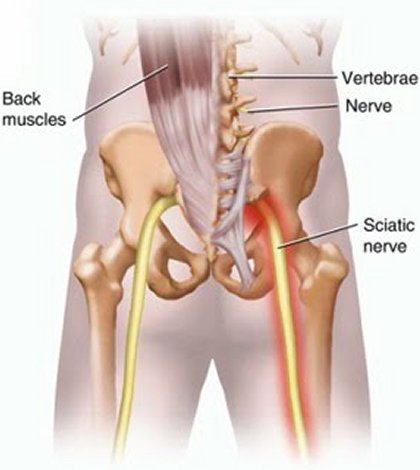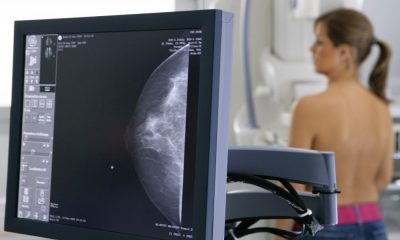In a previous article I wrote, titled “The different types of pain associated with Low Back Pain & Sciatica (Part I of II – Inflammatory Pain)” I touched upon the issue of taking medication to help resolve any low back pain or sciatica you may be suffering with. As a rule of thumb, I am not a great believer in taking medication for the sake of it. Nevertheless, there are or will be times when either the pain you are suffering with is of a severe inflammatory nature, and therefore a short course of anti-inflammatories may be the way to go in order to settle this inflammation, or the pain is just that severe that you need to take some medication just to get by or function, in which case some pain killers may be the best thing to take.
I will now look to outline the principle difference between these two types of medication which can be used to decrease pain and then give you my opinion on when it is best to take (or not to take) them.
Let’s say you are suffering with low back pain or sciatica and have an inflammatory response taking place. Your body will be producing inflammatory chemicals that themselves stimulate pain nerve fibres. It is these pain nerve fibres that send the pain messages to the brain and results in you feeling pain. The main difference between pain killers and anti-inflammatories lies in whereabouts in the body they have their effect on preventing you from feeling that pain.
Pain Killers:
With regard to pain killers, these simply prevent the pain messages from being perceived by your brain. If this message is stopped, you will feel no pain.
Anti-inflammatories:
These work differently by stopping or reducing the inflammatory response taking place. As a result of this there will be a decrease in the number of harsh chemicals present to stimulate the pain nerve fibres in the first place. If these pain nerve fibres are not being stimulated, they are unable to send pain messages to the brain and therefore there will be no pain felt.
In effect, the anti-inflammatories are addressing the main cause of the low back pain or sciatica i.e. the cause of the pain nerve fibres being stimulated, whereas when you use pain killers, the pain nerve fibres are still being stimulated, you just cannot feel the pain.
NB: Although I have said that the anti-inflammatories are addressing the cause of the pain (the inflammation which is irritating the pain nerve fibres), ultimately we need to find and address the cause of the inflammation itself i.e. the reason why you are suffering with low back pain or sciatica.
So when should you take Anti-inflammatories or Pain Killers?
The way I see it is that the best way to take pain killers is to take them in an ‘on demand’ manner, i.e. when you have pain. If, for whatever reason, your low back pain or sciatica is quite severe, then feel free to take some pain killers in order to reduce the pain. However, and this may seem like I am stating the obvious but you will be surprised at the number of people who do not take this approach, if you are not in pain or the pain ‘is not too bad’ then there is no need to take any pain killers.
Anti-inflammatories on the other hand I feel should be taken regularly/as prescribed if you are suffering with low back pain or sciatica as a result of inflammation. The reason I say this is because it is best to have the anti-inflammatory in your system twenty-four hours a day, consistently mopping up all of the inflammatory causing chemicals as they are produced. Even if your pain does not feel too bad, it is still important to continue taking the anti-inflammatories regularly until you are confident there is no or very little inflammation present.
It is important I stress here that you will not be taking the anti-inflammatories in order to mask the pain. I would never advocate that, you will be taking them as a means to an end. By taking the anti-inflammatories regularly, you will be constantly reducing the sensitivity of your pain, which itself will mean the pain is not as easily aggravated.
If your pain is not as easily aggravated, you will then be able to perform the appropriate exercises more readily in order to stretch and strengthen the structures concerned which are responsible for your low back pain or sciatica. Finally, as the structures concerned become more supple and stronger, the increased stresses present which were causing your pain will be steadily reducing and therefore the low back pain or sciatica you are suffering will also begin to reduce. It is at this stage that you should start to gradually ease off on the number of anti-inflammatories you are taking.
I hope this article has helped shed some light with regards to the two most common types of medication which are used to treat low back pain and sciatica. Please remember though, whenever taking medication, always make sure that it is OK for you to take it and if you are unsure, always consult your GP first.
Paul Boxcer

 Recipes52 years ago
Recipes52 years ago
 Entertainment52 years ago
Entertainment52 years ago
 Entertainment52 years ago
Entertainment52 years ago
 Entertainment52 years ago
Entertainment52 years ago
 Entertainment52 years ago
Entertainment52 years ago













